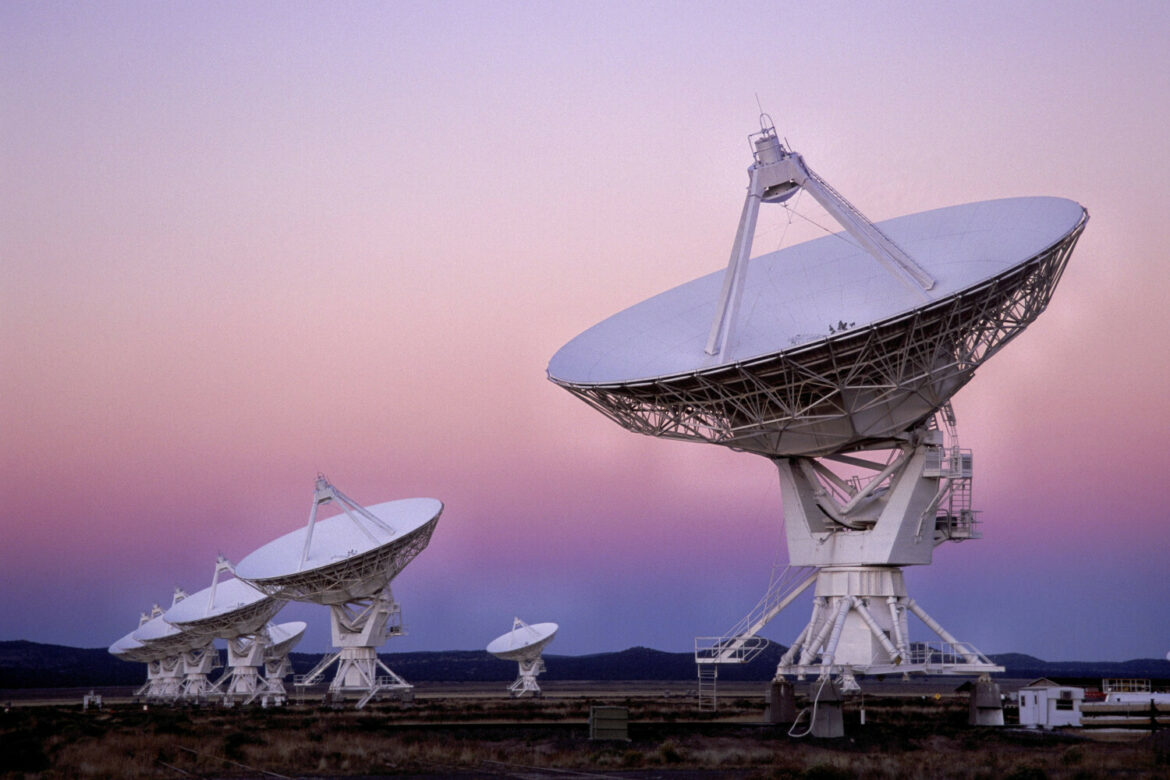The LOFAR ERIC (Low Frequency Array European Research Infrastructure Consortium) was officially inaugurated at the beginning of 2024. The consortium will act for the European research infrastructure Low Frequency Radio Network.
LOFAR is the world’s largest system of radio telescopes located in different parts of Europe (including the Netherlands, Germany, Poland and Sweden). It consists of 52 stations connected to each other by a very fast internet link. It was conceived and initiated by the scientific community of radio astronomers associated with the Dutch ASTRON institute, and its origins date back to the 1990s. The majority with 38 stations working in the LOFAR system are located in the Netherlands. Another six stations are located in Germany, three in Poland and one each in Sweden, the UK, France, Ireland and Latvia.
The system is considered one of the most efficient physics and astronomy research instruments in Europe. In 2021, thanks to several years of work by scientists from all stations, it was possible to create the most accurate and largest radio map of the Universe, which included more than 4 million objects, of which about one million were new, including 25 000 black holes.
The observations made made it possible to detect tens of thousands of galaxies similar to our own Milky Way and located even at the edge of the Universe. Based on the data in the map, a citizen science project has been launched to help find new black holes. The project is called Radio Galaxy Zoo: LOFAR and was created largely by Poles.
The founding members of LOFAR ERIC are Poland, Bulgaria, Ireland, the Netherlands, Germany and Italy. The ERIC consortium is a legal entity established by a decision of the European Commission.
Arkadiusz Słomczyński





